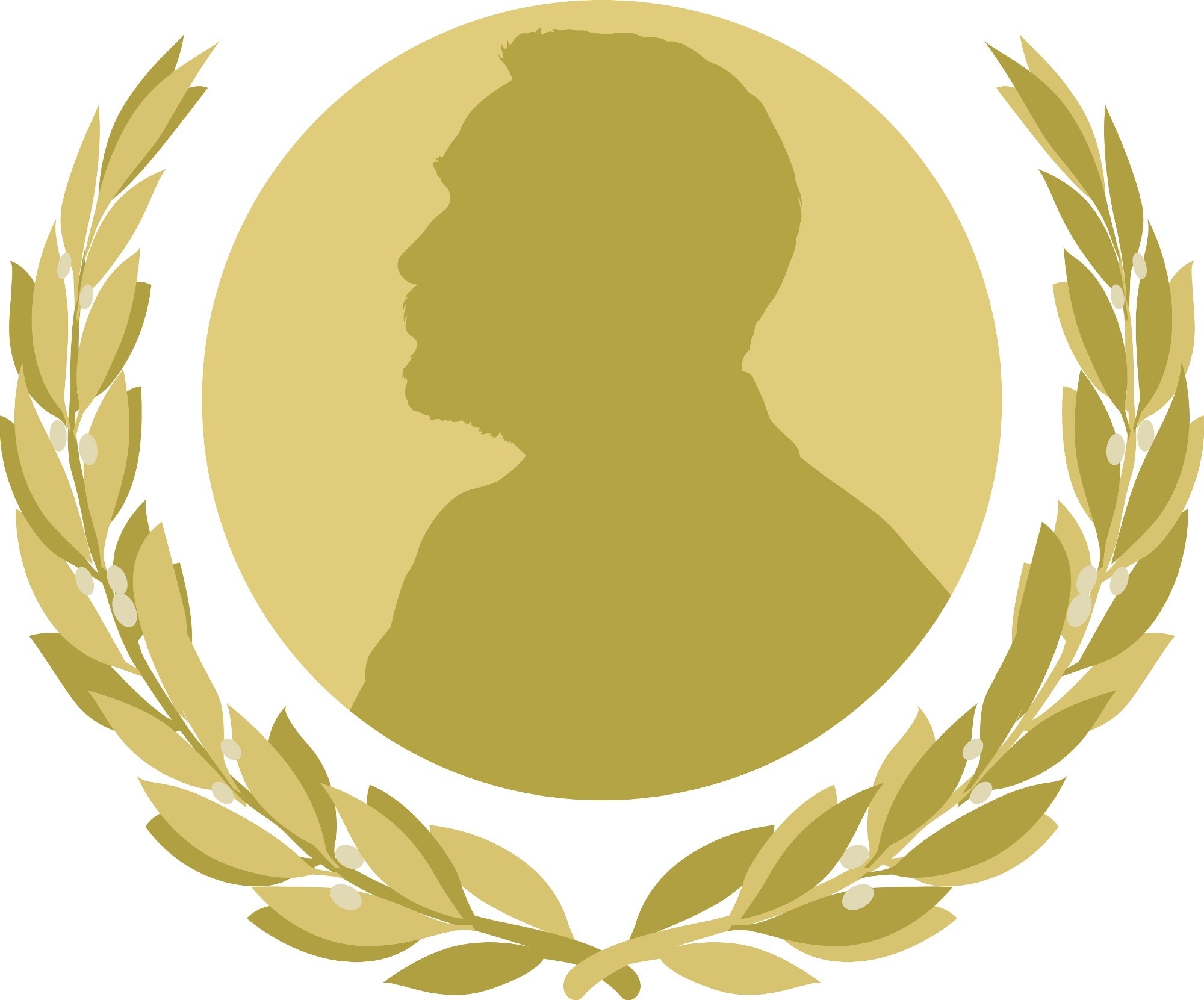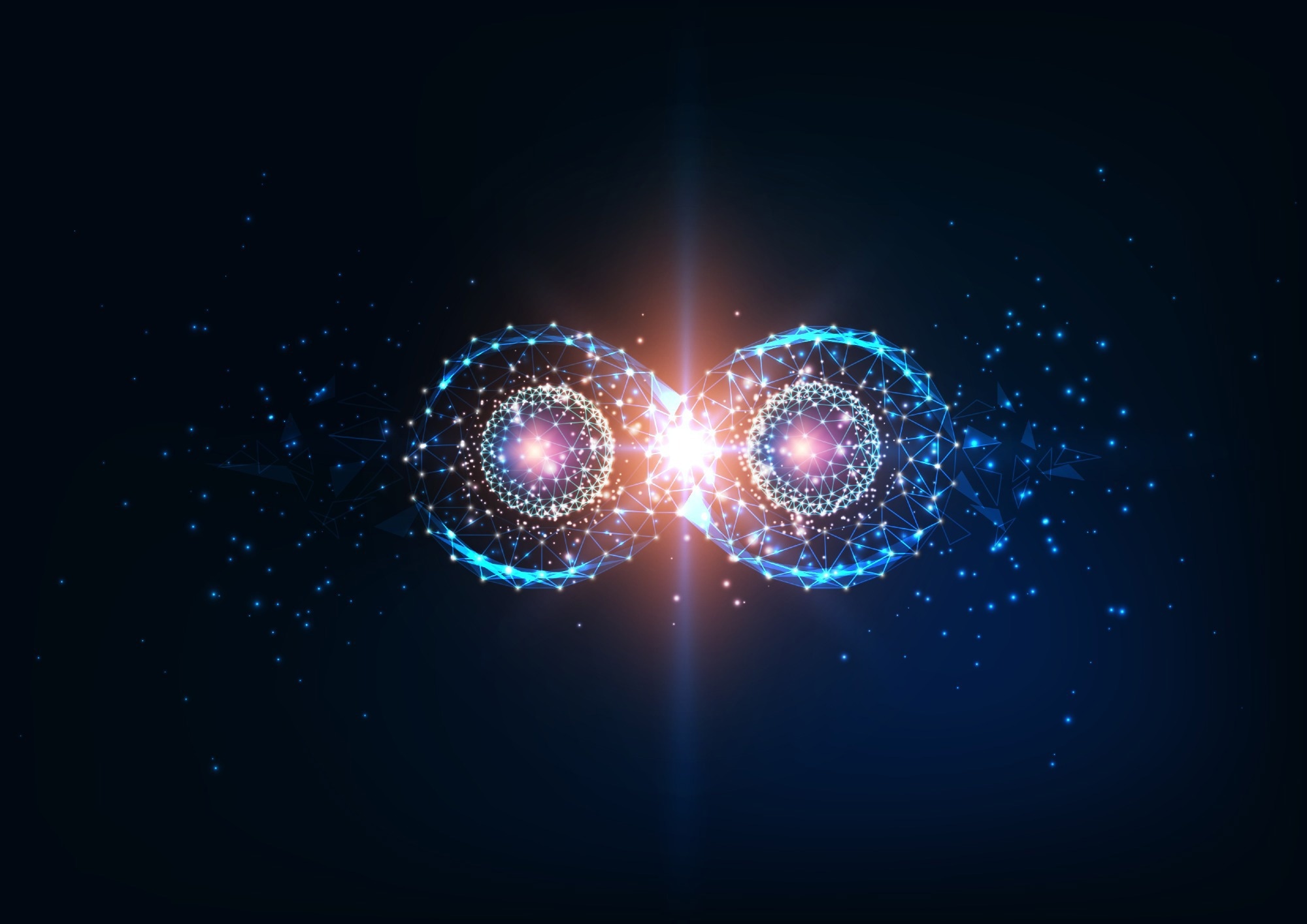This year, the highest prize in physics was awarded to three physicists who were integral in proving the counter-intuitive nature of quantum physics.

Image Credit: Fabrizio Annovi/Shutterstock.com
On Tuesday, October 4, the 2023 Nobel Prize in Physics was awarded to the physicists Alain Aspect, John F. Clauser, and Anton Zeilinger. The three scientists take an equal share of the award and the associated 10-million-kronor (US$915,000) prize.
The award of this prize, arguably the most important in physics, is associated with the trio’s work confirming one of the most troubling aspects of nature — the counterintuitive nature of quantum mechanics and the fact that quantum physics is complete and has a random nature.
More than this, in doing so Aspect, Clauser, and Zeilinger took entanglement and placed it at the heart of a technological revolution with quantum encryption and the foundations of quantum computing only possible due to the phenomena they helped prove experimentally.
Working separately, Aspect, Clauser, and Zeilinger were able to prove the existence of an aspect of quantum mechanics called the violation of Bell inequalities. This also showed that quantum physics was indeed a ‘complete theory’ that didn’t hinge upon the addition of so-called hidden variables.
Superposition and Entanglement
There is a multitude of aspects of quantum physics that scientists call ‘counter-intuitive’. These aspects are now accepted as true thanks in large part to the work of this trio and their colleagues.
The most troubling of these is perhaps entanglement, which Einstein once described as “spooky action at a distance.”
Because quantum systems and their possible states are modeled with wave mathematics, it is possible for a quantum system to exist in what is known as a superposition of states. This wavefunction collapses upon measurement.
An electron could have either an ‘up’ or ‘down’ value for a quantum property called spin. Until spin is measured, the electron exists in a superposition with both spin ‘up’ and spin ‘down.’ When spin is measured — say by sending the electron through a magnetic field deflecting it based upon its spin — the wavefunction collapses and the spin value ‘up’ or ‘down’ is resolved.
If two electrons are entangled in such a way that if one is spin ‘up’ the other must be spin ‘down’, then this system exists in a superposition of these combinations of states until measured.
When that measurement is made and electron A is found to be spin ‘up’, then electron B immediately becomes spin ‘down’ without a measurement being made upon it — no matter how distant it is.
It’s the word ‘immediately’ that really troubled Einstein and prompted him to declare entanglement to be “spooky.” That’s because these particles could immediately change their partners even if they were on opposite sides of the universe.
Quantum Physics is Unreal and Not Local
For Albert Einstein and other physicists, quantum mechanics in its proposed form was deeply troubling for several reasons. Firstly the seemingly non-deterministic nature of quantum mechanics that said the same experiment could be re-run twice in exactly the same way and give completely different results disturbed the great physicist.
Secondly, the fact that two entangled particles could affect each other instantaneously no matter how far apart they are — even on opposite sides of the universe —challenged the idea of ‘local realism.’
This principle is based on two axioms; realism states all particles have definite properties for all possible measurements while locality suggests that communication between particles must not occur faster than the speed of light.
Violating this second axiom would imply that the fundamental universal speed limit of the universe, being the speed of light in a vacuum, was wrong. As this speed limit was one of two key principles in Einstein’s theory of special relativity, it's easy to see how despite being one of the fathers of quantum physics, Einstein was wary of its counter-intuitive nature.

Image Credit: Inkoly/Shutterstock.com
For Einstein, these elements were evidence that quantum mechanics was an ‘incomplete theory’ and the eventually hidden aspects would be found within it that restored determinism and saved local realism from the theory.
These hidden aspects were described as ‘local hidden variables’ and were said to be possessed by quantum systems.
In 1964, Northern Irish physicist John Stewart Bell took on a local hidden variables theory developed by Einstien in 1935 with Boris Podolsky and Nathan Rosen. This involved taking entangled pairs of particles and measuring a specific quality of one particle and observing the instantaneous collapse of the state of its partner particle.
This would imply that either a signal had passed between the two faster than light or that there were elements in the quantum system physicists couldn’t detect — local hidden variables.
Bell’s theorem suggested that locality was a testable hypothesis and that any hidden variable theory would be incompatible with quantum mechanics. The breaking of local realism was referred to as the violation of Bell inequalities, as a Bell inequality would only hold if hidden variables exist.
If quantum mechanics was complete, then an experimental setup should show the violation of Bell inequalities, proving local hidden variables don’t exist. Doing exactly that experimentally is what earned Aspect, Clauser, and Zeilinger the 2022 Nobel Prize in Physics.
Quantum Physics Has Nothing to Hide
The first practical experiment devised to search for the violation of Bell inequalities came from Clauser. In 1972, along with collaborator Stuart Freedman Clauser, he built equipment that would send two entangled photons in opposite directions toward two polarization filters.
The results of this experiment statistically showed the first evidence of the violation of Bell’s inequality.
Following this, ten years later, Aspect designed a revised version of the experiment, this time adding detectors at each polarization filter. Again, this improved experiment demonstrated the violation of Bell’s inequality.
Yet still, proponents of hidden variables had an out — the locality loophole — the possibility that a hidden signal could still influence the result of entanglement experiments.
In 1998, Gregor Weihs and a team at Innsbruck led by physicist Zeilinger closed this loophole by adding a guarantee of ‘randomness’ to Aspect’s 1982 experiment. Again, this experiment violated Bell’s inequality and for many dealt the ‘killer blow’ to hidden variable theories.
This delivered the real shock of quantum mechanics to the scientific community which had already adjusted to the loss of realism, showing that nature is fundamentally ‘non-local.’
Experiments would continue for decades, further increasing the statistical significance of experiments investigating Bell’s inequality. For now, the ‘completeness’ of quantum theory is confirmed, no matter how counter-intuitive, weird, or plain ‘spooky’ it is.
References and Further Reading
The Nobel Prize in Physics 2022, Nobel Prize, [2022], [https://www.nobelprize.org/prizes/physics/2022/press-release/]
Griffiths. D. J., Introduction to Quantum Mechanics, [2017], Cambridge University Press.
Disclaimer: The views expressed here are those of the author expressed in their private capacity and do not necessarily represent the views of AZoM.com Limited T/A AZoNetwork the owner and operator of this website. This disclaimer forms part of the Terms and conditions of use of this website.